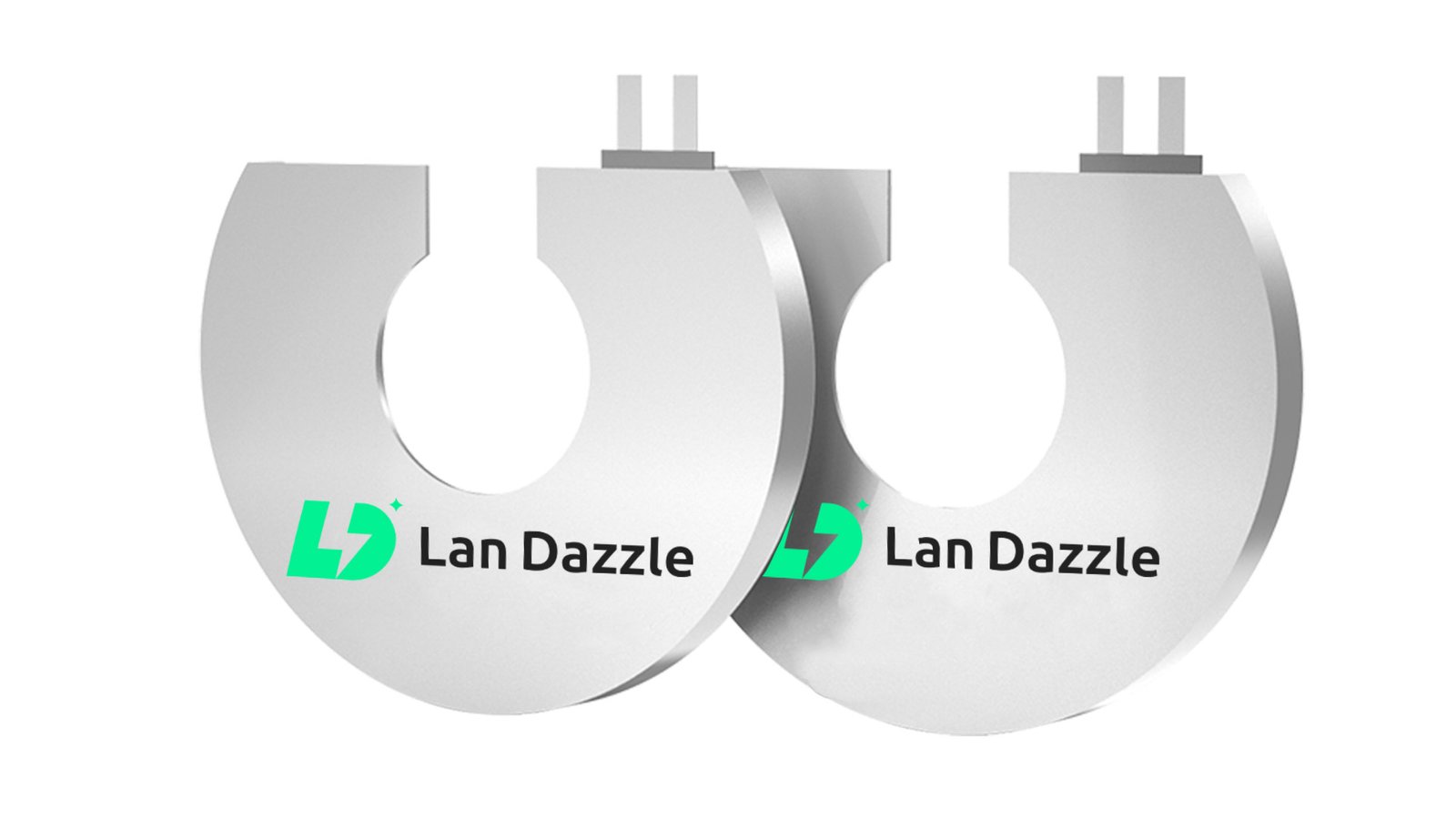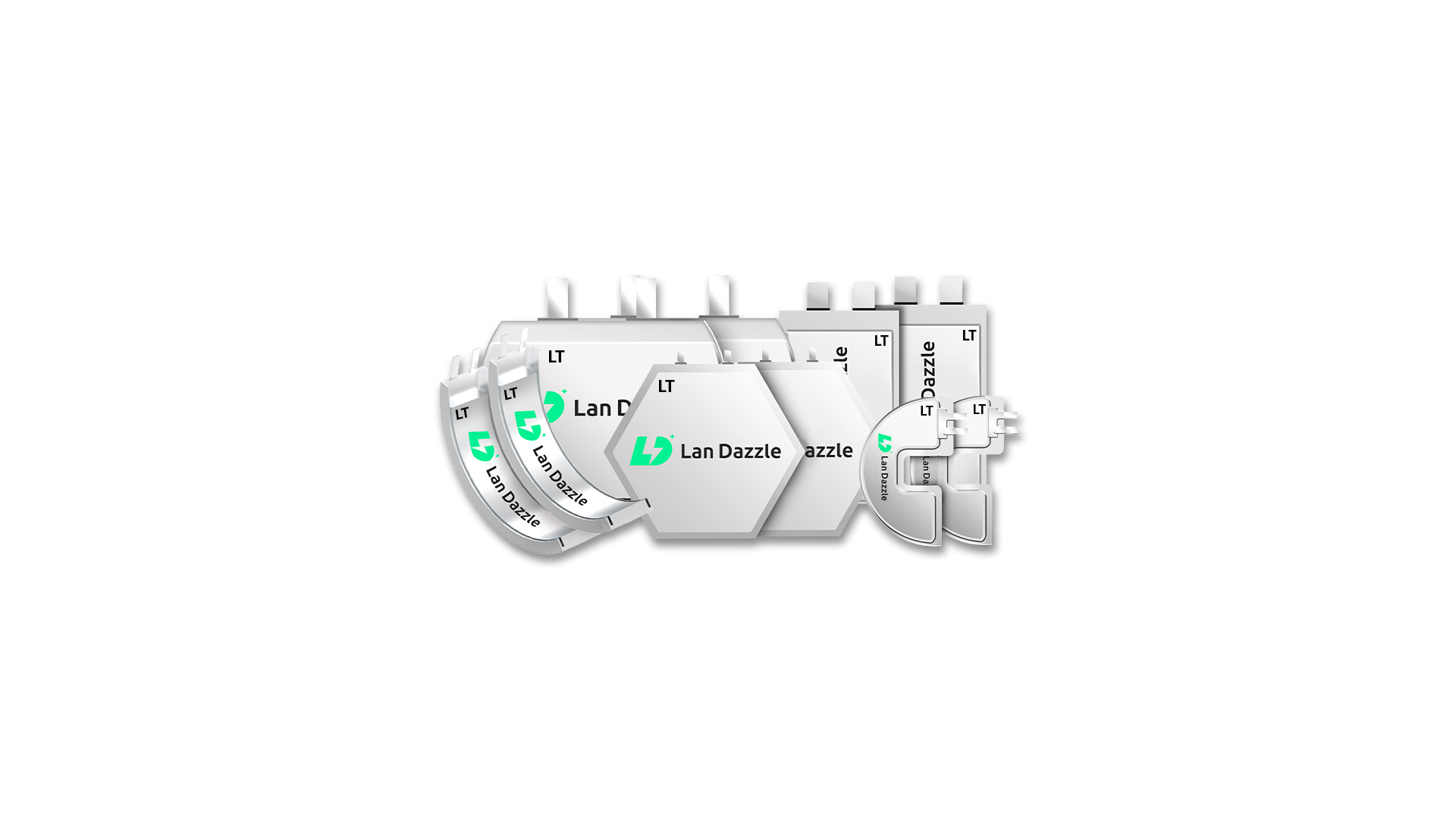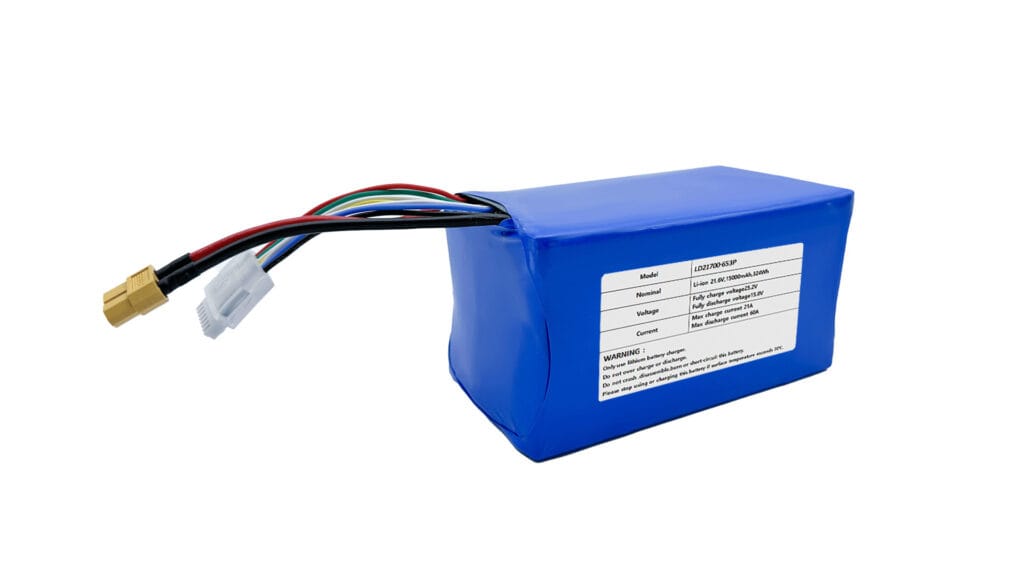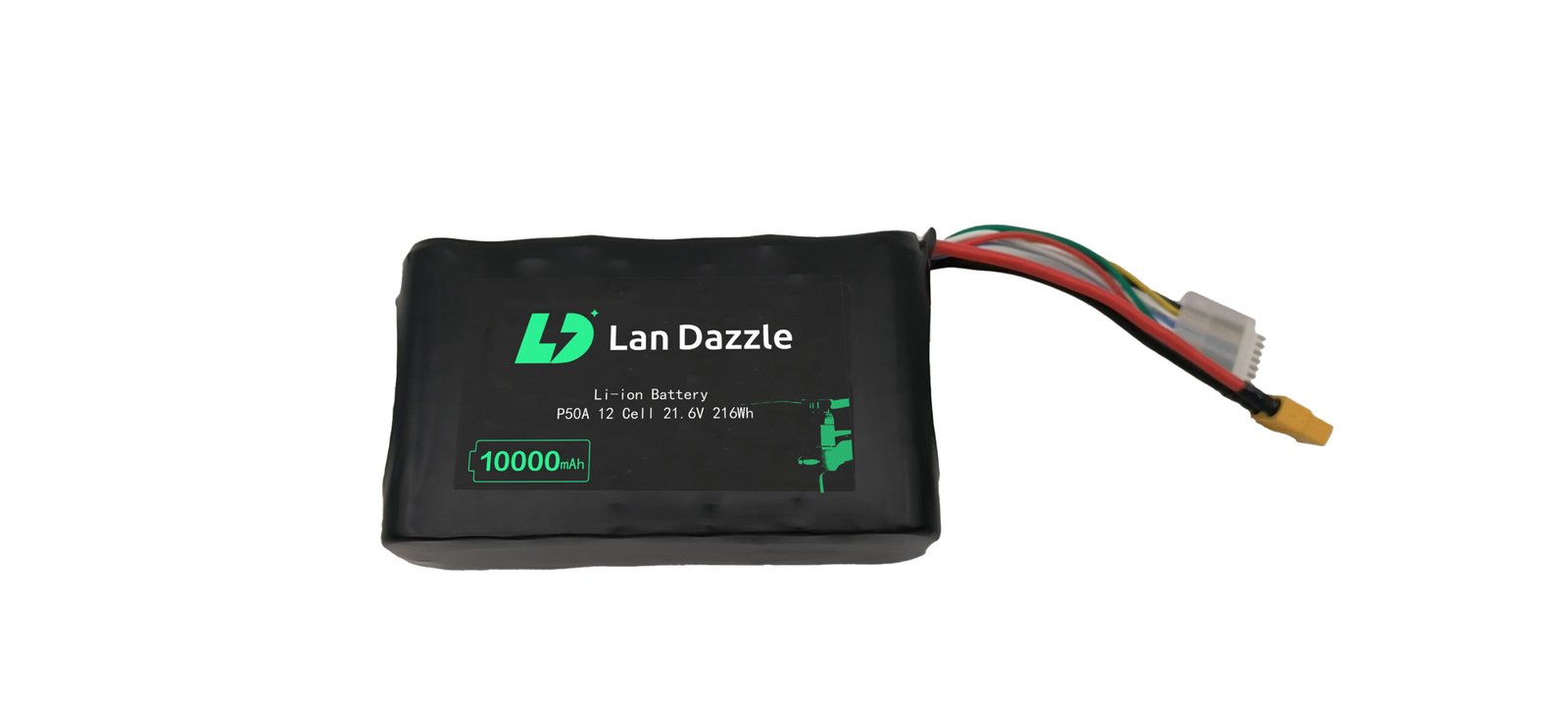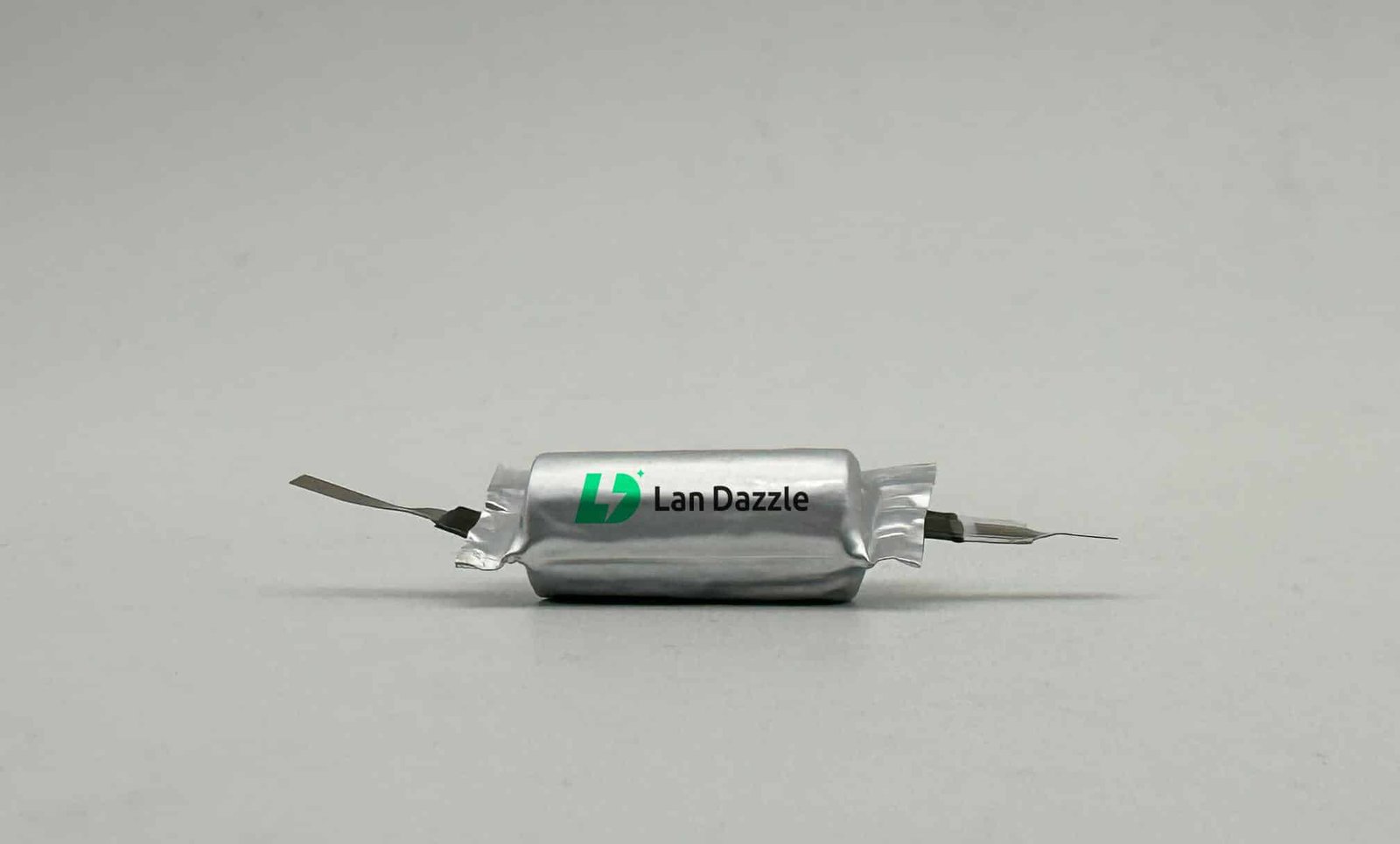Introduction
In the relentless pursuit of miniaturization, enhanced functionality, and ergonomic design, product development often encounters a formidable bottleneck: the battery. Standard, off-the-shelf power sources, typically rectangular or cylindrical, frequently impose significant limitations on design freedom, dictating the form factor and even the capabilities of innovative devices.
However, for engineers and product designers pushing the boundaries in fields like wearables, medical devices, IoT, and drones, there’s a transformative solution: custom Lithium Polymer battery. These bespoke energy solutions liberate designs from conventional constraints, allowing for unparalleled space optimization, unique aesthetics, and tailored performance.
Why Custom-Shaped LiPo Batteries? The Unseen Advantages
- Optimisation de l'espace stands as a paramount advantage. Custom LiPo batteries can be molded to fill every available void within a device’s enclosure. This allows engineers to maximize the internal volume dedicated to energy storage, directly translating to increased capacity and extended operational times without compromising device dimensions.
- Flexibilité du facteur de forme is at the core of custom LiPo’s appeal. These batteries can be engineered into an astonishing array of non-standard shapes – L-shaped, curved, D-shaped, ultra-thin, or even multi-faceted geometries. This adaptability liberates product designers from designing around the battery, instead allowing the battery to conform à the product’s unique design language and ergonomic requirements. This is particularly crucial for devices worn on the body or integrated into existing complex machinery.
- Beyond mere fit, custom LiPo batteries offer significant Performance Enhancement. By precisely tailoring the battery’s capacity, voltage, and discharge rates to the specific needs of an application, engineers can optimize energy delivery. This means achieving longer runtimes for low-power IoT sensors or delivering higher peak currents for demanding drone maneuvers, all within a constrained footprint. This tailored approach often results in superior overall performance compared to making compromises with standard battery configurations.
- LiPo chemistry is inherently Léger, a characteristic amplified by custom shaping. By removing unnecessary volume and material, custom designs further reduce the overall mass of the power solution. For applications like drones, where every gram counts towards extended flight time and increased payload capacity, or for wearables where user comfort is paramount, this weight reduction is a critical differentiator.
- The impact on Aesthetics & Ergonomics cannot be overstated. Custom batteries enable devices that are not only sleeker and more visually appealing but also more comfortable to wear or handle. For wearables, a contoured battery can ensure a snug fit against the body, enhancing user experience. For medical devices, seamless integration can improve patient comfort and discretion. This ability to integrate power invisibly contributes significantly to a product’s perceived quality and market appeal.
- Integrating a custom power solution provides a distinct Competitive Edge. In a rapidly evolving market, bespoke battery designs can differentiate a product, offering unique features, extended performance, or an unparalleled user experience that competitors using off-the-shelf solutions cannot easily replicate. This strategic advantage can be crucial for market penetration and leadership.
Understanding Lithium Polymer Battery Fundamentals
Before designing a custom LiPo battery, it’s important to understand its core principles. Lithium Polymer (LiPo) batteries are known for their flexible “pouch cell” design, which offers key advantages over rigid Lithium-ion (Li-ion) cells like cylindrical or prismatic types.
Basic Chemistry & Construction
LiPo batteries consist of a cathode (typically lithium cobalt oxide), an anode (usually graphite), a separator, and a gel or solid polymer electrolyte. These components are enclosed in a soft, foil-like pouch instead of a metal casing, allowing for flexible shapes and compact sizes.
Key Characteristics
LiPo batteries provide high energy density (150–250 Wh/kg, 300–600 Wh/L) and support high discharge rates, making them ideal for compact devices and high-power applications like drones.
Advantages Over Li-ion
-
Flexible shapes (curved, ultra-thin, L-shaped)
-
Lighter and more compact
-
Polymer electrolyte offers better thermal stability and visible swelling before failure
Disadvantages & Considerations
-
Softer casing makes them more prone to damage
-
Swelling over time requires space in device design
-
Sensitive to overcharge, deep discharge, and temperature extremes — needs protection circuits
The Custom LiPo Battery Design Process: A Step-by-Step Guide
Designing a custom LiPo battery is a multidisciplinary engineering endeavor, demanding meticulous attention to detail at every stage. It’s an iterative process that blends electrical, mechanical, and material engineering principles.
A. Requirements Definition & Feasibility This initial phase is arguably the most critical. A clear and comprehensive understanding of the end product’s needs directly dictates the battery’s specifications.
- Application Analysis: Thoroughly define the power profile (continuous current, peak current, duration of peaks), duty cycle (how often it operates), and expected operating temperature range (both ambient and within the device). Will the device face extreme hot or cold conditions? What are the environmental conditions (humidity, vibration, shock)?
- Contraintes d'espace : This is where the “custom-shaped” aspect truly begins. Provide precise maximum dimensions and the exact shape the battery must fit into, ideally with a CAD model of the available volume.
- Required Capacity, Voltage, and Peak Current: Based on the power profile, determine the minimum energy (Wh) and current (Amps) delivery needed to meet functional and runtime requirements.
- Desired Cycle Life and Shelf Life: How long must the battery perform optimally? This impacts cell chemistry selection and over-design considerations.
- Sécurité et conformité réglementaire : Crucially, identify all necessary certifications (e.g., UL 1642 for individual cells, UL 2054 for battery packs, IEC 62133 for portable applications, and UN 38.3 for safe transport). Adherence to these standards is non-negotiable for product safety and market entry.
- Cost Targets and MOQ Considerations: Establish a realistic budget per battery unit and understand that custom battery manufacturers often have Minimum Order Quantities (MOQs) ranging from hundreds to thousands, driven by tooling and production setup costs.
B. Custom Cell Design & Fabrication
Once the requirements are meticulously defined, the focus shifts to designing the actual custom-shaped LiPo cell itself. Unlike standard battery pack design which involves selecting and assembling existing cells, this step often means collaborating with a specialized cell manufacturer to create a bespoke pouch cell that precisely matches your unique form factor.
Key considerations here involve:
- Defining Cell Geometry: Translating your product’s available space into the exact dimensions and contours for the single LiPo cell. This involves intricate CAD work to ensure the cell’s internal components (anode, cathode, separator) can be efficiently stacked and sealed within the custom pouch.
- Capacity Optimization within Shape: While the nominal voltage for a single LiPo cell remains around 3.7V, the achievable capacity (mAh) will be directly influenced by the precise volume and internal stacking efficiency of the custom shape. Engineers must work with manufacturers to understand the trade-offs; extremely thin or highly irregular shapes might yield slightly lower volumetric energy density compared to a standard rectangular cell due to manufacturing limitations or inefficient material utilization.
- Material Selection & Internal Resistance: The choice of active materials and the internal design for the custom cell also impact its résistance interne and overall performance. Manufacturers will advise on optimal material compositions to achieve desired power delivery characteristics within the custom form.
- Prototyping & Tooling: This phase often involves creating custom molds or tooling for the pouch sealing process. Early prototypes of the custom cell are crucial for verifying fit, confirming achievable capacity, and assessing thermal performance before scaling up production. The goal is a singular, custom-formed power source perfectly integrated into your product.
C. Mechanical Design & Enclosure Integration This phase translates the electrical and form factor requirements into a tangible, manufacturable design.
- CAD Modeling: Leverage advanced CAD software to meticulously design the custom battery pack, ensuring it precisely fits the available space within the product’s enclosure. This is an iterative process, often requiring adjustments to both the product and battery design.
- Space Utilization: Employ techniques like L-shapes, curved profiles, or even segmented designs to maximize the usable volume, often leading to a 15-30% increase in battery capacity compared to standard cells in the same overall device volume.
- Swelling Accommodation: Critically, design sufficient internal clearance (typically 5-10% of the battery’s thickness) within the enclosure to allow for the inevitable swelling of LiPo cells over their lifespan and operational cycles. Failure to do so can lead to internal pressure, short circuits, or even enclosure deformation.
- Mounting & Fixturing: Design robust mounting points and fixtures that securely hold the battery in place, preventing movement, vibration-induced damage, and impact during use or drops.
- Material Selection: Choose appropriate enclosure materials for the device that can withstand potential battery expansion. Consider internal insulators and thermal interface materials if needed.
D. Electrical Design & Safety Features Beyond the cells themselves, the accompanying electronics are vital for safe and reliable operation.
- BMS/PCM Integration: A Battery Management System (BMS) or Protection Circuit Module (PCM) is indispensable for LiPo batteries. It actively monitors individual cell voltages, pack voltage, current draw, and temperature. Its functions include preventing overcharge, over-discharge, overcurrent, and short circuits. Crucially, a good BMS performs équilibre cellulaire, ensuring all cells in a series string maintain similar voltage levels to maximize capacity and extend cycle life. BMS failures can account for a significant percentage of battery-related incidents if not properly designed and integrated.
- Wiring & Interconnects: Select the correct wire gauge to handle the maximum expected current without excessive voltage drop or overheating. Design optimal routing to avoid pinching or abrasion. Spot welding is the preferred method for connecting cells to busbars and the BMS for robust, low-resistance connections.
- Connecteurs : Choose robust and appropriate connectors (e.g., JST, Molex, XT series for high current) that are suitable for the application environment and provide secure electrical contact.
E. Prototyping, Testing & Validation The design is refined and validated through rigorous testing.
- Iterative Design and Rapid Prototyping: Build multiple iterations of prototypes. 3D printing can be invaluable for creating mock-up enclosures to test battery fitment rapidly.
- Comprehensive Testing: Conduct exhaustive tests including:
- Essais de capacité : Verify the actual usable capacity against specifications.
- Essais sur la durée du cycle de vie : Simulate real-world usage to predict battery longevity.
- Discharge Characteristics: Evaluate voltage stability under varying loads.
- Performance en matière de température : Test across the full specified operating temperature range to assess performance degradation at extremes.
- Abuse Testing: Though not for routine production, this involves extreme conditions (e.g., overcharge, external short, crush) to understand failure modes and ensure safety measures are robust.
- Field Testing: Integrate the prototypes into the final product and conduct real-world usage tests in the intended application environment.
- Certification and Compliance Testing: Submit the battery pack for required safety certifications (UL, IEC, UN 38.3) to ensure legal compliance for market entry and transport.
Advanced Considerations & Best Practices
Beyond the core design process, several advanced considerations and best practices can significantly impact the performance, safety, and longevity of custom LiPo batteries.
Gestion thermique is paramount for LiPo batteries. These cells perform optimally and exhibit the longest lifespan within a specific temperature window, typically around 20-25°C. Operating outside this range, especially at elevated temperatures, dramatically accelerates degradation. For example, some studies suggest that every 10°C increase in average operating temperature above optimal can effectively halve the battery’s lifespan. Design strategies can include:
- Passive Cooling: Utilizing the device’s enclosure as a heat sink, incorporating thermal pads or graphite sheets to conduct heat away from the cells.
- Active Cooling: For high-power applications (e.g., drones with high discharge rates), small fans or even liquid cooling systems might be necessary to maintain optimal temperatures.
- Thermal Modeling: Employing simulation tools to predict heat generation and dissipation within the battery pack and overall device, identifying potential hot spots early in the design phase.
Environmental Factors play a critical role in battery durability. The design must account for:
- Plage de température de fonctionnement : Ensuring stable performance and safety across the specified temperature extremes.
- Humidité : Protecting cells and electronics from moisture ingress, which can lead to corrosion or short circuits (consider IP ratings).
- Vibration and Shock: Designing robust mounting solutions and potentially incorporating shock-absorbing materials to protect the cells from mechanical stress during use.
Material Innovations are constantly evolving and may influence future custom designs. While commercially viable solid-state batteries are still maturing, emerging electrolyte technologies (e.g., truly solid-state, semi-solid-state) promise even greater safety, higher energy densities, and potentially more extreme form factors with reduced swelling. Staying abreast of these advancements is crucial for long-term product roadmaps.
Manufacturing Scalability is a key consideration when transitioning from a successful prototype to mass production. The design must be manufacturable efficiently and consistently at volume. This involves:
- Tooling Considerations: Investing in appropriate tooling for cell packaging, BMS integration, and final assembly.
- Contrôle de la qualité : Implementing rigorous quality control processes at every stage of manufacturing to ensure consistency and reliability.
- Automation: Exploring automation for assembly processes to reduce labor costs and improve throughput for high-volume production.
Supplier Collaboration is often the most critical factor for success. Partnering with an experienced custom battery manufacturer who possesses in-depth knowledge of cell chemistry, pack assembly, BMS design, and regulatory compliance is invaluable. They can provide expertise in cell sourcing, optimize the pack design for manufacturability, and guide you through the complex certification processes like UN 38.3 for safe air transport.
Finally, End-of-Life Management et Charging Protocol Optimization are vital. Designing for ease of disassembly can facilitate future battery recycling efforts. Furthermore, the charging system must be meticulously designed to match the custom battery pack’s specifications precisely. An optimized charging protocol not only ensures safety but also maximizes the battery’s cycle life and overall performance.
Conclusion
The journey of designing a custom-shaped Lithium Polymer battery is an intricate yet profoundly rewarding endeavor for engineers and product developers. As devices become increasingly compact, sophisticated, and integrated into our daily lives, the limitations of standard power sources become ever more apparent. Custom LiPo batteries offer a powerful solution, providing the unparalleled flexibility to optimize space, enhance performance, reduce weight, and enable groundbreaking aesthetic and ergonomic designs.
For engineers and innovators aiming to unlock the full potential of their next-generation products, embracing custom LiPo battery design is not merely a technical choice but a strategic imperative. Consult with experienced battery solution providers to navigate these complexities and bring your vision for precision power to life.
Au Lan DazzleNous sommes spécialisés dans la conception et la fabrication batteries lithium-polymère sur mesure adaptés aux besoins de votre application. Que vous construisiez un drone, un robot, un casque intelligent ou un appareil portable, nous vous proposons des batteries hautes performances, compactes et fiables, conçues pour l'excellence.
Contactez-nous à l'adresse suivante info@landazzle.com pour obtenir votre solution de batterie personnalisée dès aujourd'hui.
